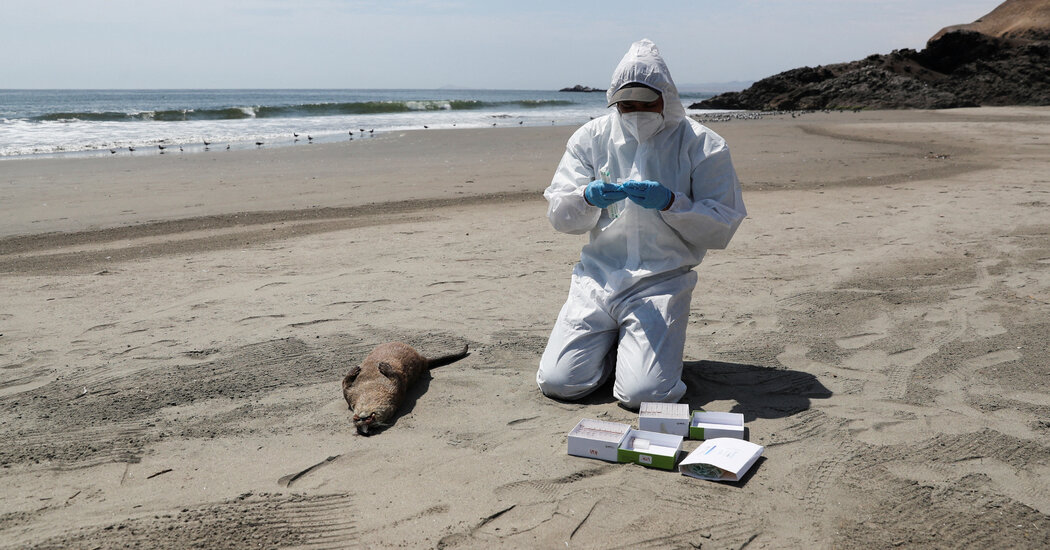
In her three decades of working with elephant seals, Dr. Marcela Uhart had never seen anything like the scene on the beaches of Argentina’s Valdés Peninsula last October.
It was peak breeding season; the beach should have been teeming with harems of fertile females and enormous males battling one another for dominance. Instead, it was “just carcass upon carcass upon carcass,” recalled Dr. Uhart, who directs the Latin American wildlife health program at the University of California, Davis.
H5N1, one of the many viruses that cause bird flu, had already killed at least 24,000 South American sea lions along the continent’s coasts in less than a year. Now it had come for elephant seals.
Pups of all ages, from newborns to the fully weaned, lay dead or dying at the high-tide line. Sick pups lay listless, foam oozing from their mouths and noses.
Dr. Uhart called it “an image from hell.”
In the weeks that followed, she and a colleague — protected head to toe with gloves, gowns and masks, and periodically dousing themselves with bleach — carefully documented the devastation. Team members stood atop the nearby cliffs, assessing the toll with drones.
What they found was staggering: The virus had killed an estimated 17,400 seal pups, more than 95 percent of the colony’s young animals.




